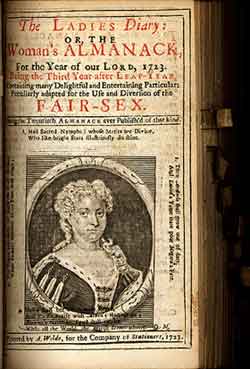 |
In the 18th century there was published in England a popular periodical called The Ladies’ Diary or The Women’s Almanack, containing many ‘Delightful and Entertaining Particulars Peculiarly Adapted for the Use and Diversion of the Fair Sex’. One such ‘Peculiar Diversion’ deals with three Dutchmen and their wives who went marketing for pigs. The men’s names were Henry, Ely and Cornelius; the women’s Gertrude, Catherine and Anna. Each person bought as many pigs as he or she paid guilders for each pig, and each man spent 63 guilders more than his wife. Henry bought 23 more pigs than Catherine, and Ely 11 more than Gertrude. What was the name of each man’s wife? |
|
|
|
||
